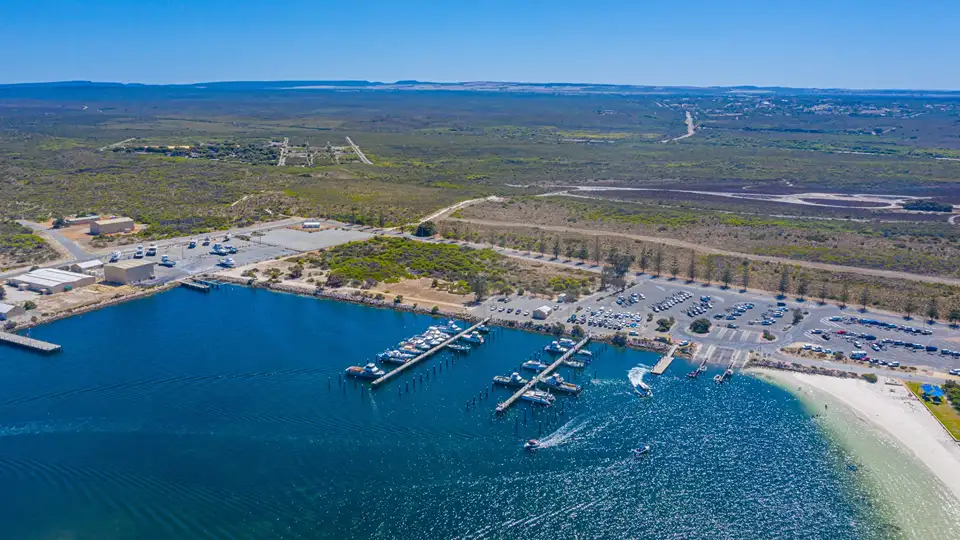Introduction
Jurien Bay Boat Harbour is a key facility for recreational and commercial vessels along Western Australia’s mid-west coast. The harbour supports local fishing, tourism, and boating activities, making it vital to regional marine operations. To maintain its functionality and water quality, the Department of Transport (WA) has announced that Jurien Bay dredging works will commence in late 2025.
Project Overview
The planned Jurien Bay dredging project forms part of the Department’s ongoing maintenance schedule. The works are expected to start in late 2025 and extend into early 2026. The operation will involve clearing accumulated seaweed and sediment from the harbour’s navigation channels to ensure safe passage for vessels and improve overall harbour conditions.
Purpose of the Dredging Works
The primary goal of the Jurien Bay dredging campaign is to remove the build-up of organic matter and sand that limits boat access and restricts tidal movement. By deepening the navigation channels, the Department aims to improve vessel access, enhance water quality, and restore natural tidal flushing—benefiting both harbour users and the surrounding marine ecosystem.
Historical Context
Maintenance dredging at Jurien Bay Boat Harbour typically occurs every two to three years. In previous operations, dredged material was transported and deposited onshore, north of the harbour. This approach, while effective, had limited environmental sustainability and required significant land management.
Sustainable Offshore Disposal Method
In a significant shift toward environmentally responsible practices, the Department of Transport (WA) will implement a new offshore disposal approach. Instead of placing dredged material onshore, it will be returned to a natural seabed depression offshore. This method has undergone rigorous environmental assessment and has received official approvals, ensuring compliance with Western Australia’s marine protection standards.
Environmental and Community Benefits
The adoption of offshore disposal offers multiple benefits. It reduces the need for onshore handling, minimizes coastal disturbance, and maintains the natural sediment balance offshore. These measures will lead to improved tidal circulation and overall harbour health. Additionally, local boat users and the fishing community will benefit from safer, more reliable access to the harbour.
Conclusion
The upcoming Jurien Bay dredging campaign represents an important investment in maintaining one of Western Australia’s valued coastal assets. With the integration of a sustainable offshore disposal method, the Department of Transport (WA) reaffirms its commitment to safe navigation, environmental protection, and long-term harbour sustainability.
